The American Quarter Horse is not your ordinary horse. It is one of the oldest breeds in American history, and it can adapt to almost any purpose. This horse can race, herd cattle, or just hang out and serve as a pet. From their race ability to gentle personality, these horses are appealing to any equine lover.
But, there is a lot that goes into maintaining an American Quarter Horse. The process may be difficult, but the merits of the breed make it worth all the while! In this article, we'll explore everything there is to know about this stunning horse. From their history to their care, we'll cover all the details of the American Quarter Horse. Let's get started.
Quarter Horse Physical Characteristics
The all American Quarter Horse breed has specific characteristics that separate it from other breeds. The first thing you will notice about its physical appearance is its muscular neck. Its shoulders are powerful, and its legs are sturdy. These features give the American Quarter Horse a tremendous advantage on the racetrack.
Compared to other horses, the American Quarter Horse has small feet. When observing the animal, the feet may look too small for its body. The Quarter Horse's well-muscled hindquarters add to their impressive stature. Their chests are deep-set and expansive.
American Quarter Horse Size and American Quarter Horse Height
How big is a quarter horse? The Quarter Horse ranges from 14.3 and 16 hands, or 56-64 inches in height. Their build generally appears thick or bulky. These horses can weigh between 950 to 1200 pounds.
American Quarter Horse Personality
What is American quarter horse personality? The Quarter Horse is not temperamental. In fact, many describe their personality as similar to a cow. They are calm and docile, which means they rarely engage in aggressive behavior. The Quarter Horse's laid-back nature makes them open to communicating with humans. The breed's personality makes them very popular with owners and competitive riders.
If you are acquiring a horse for the first time, you will discover that this breed will be receptive to you. These horses are very friendly with people and won't shy away from strangers. One thing that owners will discover about this horse is that they are highly intelligent. Because of their intellect, the Quarter Horse is eager to please and easy to train. They will bond with their owner and form a relationship that lasts.

History
The Quarter Horse has been around for a long time. The horse is one of the oldest breeds in American history! The Quarter Horse’s line dates back to the 1660s, a cross between Spanish horses and a breed that English colonists transferred to Virginia. The breed gained the name “Quarter Horse” because of its reputation as a sprinter. They famously ran quarter-mile sprints. Because of their speedy talent, they became popular racehorses in the 1940s.
Despite this prestige, Quarter Horses lost popularity to Thoroughbreds in the early 19th century. This decline was mainly because of the Thoroughbred’s ability to run longer distances. The Quarter Horse breed could typically run a quarter mile before tiring out. Still, Quarter Horses were a favorite in the western part of the United States. The horses became renowned for their speed and agility. Cowboys preferred the breed, along with Appaloosas, because of its docile nature.
The American Quarter Horse Association (AQHA) was formed in 1940. The organization recognized the breed’s hues and shades, establishing 17 official colors for the Horse. By 1950, the AQHA began to acknowledge and document other Quarter Horse organizations.
How to Care
If you are open to breeding or raising a horse, you must take steps to maintain their health. The most important aspects of modern quarter horse care include proper training, nutrition, grooming, and veterinary care.
Training
To successfully train an American Quarter Horse, you must consider the intensity of their regimen. It’s crucial that you don’t overwork your horse since fatigue can hinder training. Providing frequent breaks ensures that your horse maintains their energy and builds strength. If you are planning to race your horse, you can start off "conditioning" them to build up physical and respiratory strength.
First, start with slow-speed conditioning, which involves trotting or cantering at a slow pace for long distances. Then, you can mix in days of high-speed training where you run your horse close to race speed. Remember to ALWAYS keep your horse's physical being in mind and never over-exert them. Give the days off when necessary!
After long training sessions, we recommend giving your horse some CBD oil or CBD horse pellets to soothe their muscles. CBD is a non-intoxicating compound that promotes internal balance and generally relaxes your animal. All in all, the Quarter Horse's adaptability makes them open to trying almost anything. If you use a gentle approach, your horse will master new techniques quickly.
Exercise
A Quarter Horse needs daily exercise. Movement keeps their blood and lymphatic fluids circulating, so it's essential for their health. Hoof health is also maintained through regular exercise. Slow movements are best for most horses. The American Quarter Horse enjoys running for short distances, so occasional sprints will keep them happy and stimulated. Your Quarter Horse will likely naturally fall into this pattern of movement when you turn them out in the pasture.
Did you know letting your horse out with other horses encourages more physical activity? Horses tend to run more when they are together. If you get your Quarter can bee around other equine pals in the stable, social time together will lead to extra benefit for body and brain.
Nutrition and Feeding
Quarter Horses need a solid nutritional base. This breed requires a balanced mix of protein, fats, vitamins, minerals, and water. The major foods horses eat include fresh grass and hay. Quarter Horses also enjoy nibbling on bran and barley. Any association member will tell you that a well-balanced diet is best for your animal. It’s essential that your horse doesn’t overeat, as they can suffer from abdominal pain, an upset stomach, or diarrhea.
A horse’s appetite and intake depend on its age, body weight, and workload. Similar to humans, horses eat less when they are older. Likewise, larger and more active horses tend to ingest more food. Racing horses have a larger appetite or food intake than a more casually owned horse. Often, owners might add supplements to the food to give the horse an extra nutritional boost. This additional support opens up possibilities for what this breed is capable of.

Coat Color And Grooming
It has 17 colors! When raising these horses, it is crucial to maintain their coat and keep them healthy. According to the breed registry, sorrel and chestnut are the two most popular color markings among this breed. Here are some of the other most common:
Sorrel
A Quarter Horse with sorrel coloring might have a body that looks reddish or copper. The mane will usually be the same color as the tail, with some horses having a dorsal stripe.
Chestnut
A Quarter Horse with chestnut coloring has a body that is dark-red or brown. The mane and tail can be black, making a stark contrast.
Bay
Quarter Horses with bay coloring have several variations. Their bodies can range from tan, red, or even reddish-brown. Their manes and tails are usually black, and they occasionally have a dorsal stripe.
Gray
Quarter Horses with gray coloring are distinct because their hair gets lighter as they age. They also contain a mixture of white hair mingled with their gray color scheme. Gray Quarter Horses also contain a dorsal stripe.
Palomino
Quarter Horses with palomino shading appear golden. Their manes and tales are typically white and they do not possess any dorsal stripes.
Health Problems
Quarter Horses have some health issues that you need to keep an eye on. Several issues could arise if you don't take proper care of your animal, leading to a sick and unhappy horse. Always take your Quarter horse to the vet for preventative care!
Muscle Disease Mutation
Muscle Disease Mutation is a common issue in these animals, and it can be fatal. This breed also has suffered from hyperkalemic periodic paralysis (HPP), an attack of muscle tremors. These episodes cause the horse to shake, tremble, and sometimes collapse.
Polysaccharide Storage Myopathy
Polysaccharide Storage Myopathy (PSM) occurs when a horse displays muscle weakness and hesitancy to move its hind legs. PSM causes the muscles to store too much glycogen, injuring the muscles and making the horse resistant to exercise.
Malignant Hypothermia
Malignant Hypothermia happens when a gene mutation causes a skeletal-muscle abnormality. Horses that suffer from this can lose body mass or even die.
Glycogen-Branching Enzyme
Glycogen-Branching Enzyme occurs when some horse’s muscles malfunction. This condition could also affect the heart. If you do not treat Glycogen-Branching Enzyme, it can cause death.
Hereditary Engine Regional Dermal Asthenia
Hereditary Engine Regional Dermal Asthenia (HEDRA) affects a horse’s skin. When this condition occurs, the horse could develop fluid-filled pockets. These nodules are basically open wounds that heal slowly. It is best to monitor and check for these conditions. HPP is a disease that this breed can inherit, so it is imperative to test your horse to ensure they are healthy. A vet can HEDRA, but it must be caught early.
How to Get an American Quarter Horse
There are multiple avenues to buying a Quarter Horse, including private breeders and websites offering American Quarter Horses for sale. AQHA also offers several resources that can help you find a horse. What is the average price of a quarter horse? The average price of this breed is $3,500. The price ranges from just under $3,000 to an even $10,000, depending on how much you want to open the wallet.
Quarter Horses with extensive training and older horses tend to cost more. Horses with health problems might cost less, but the expensive toll of maintaining their livelihood might balance out the value.

More About This Horse Breed
The American Quarter Horse is one of the oldest breeds in American history and one of the most registered horses in the country. This horse makes a fine pet that will show you affection and care in every interaction. The versatility of this horse makes it ideal for all owners, regardless of experience.
Related: Which Is the Fastest Horse Breed? [These Equines Go the Distance]
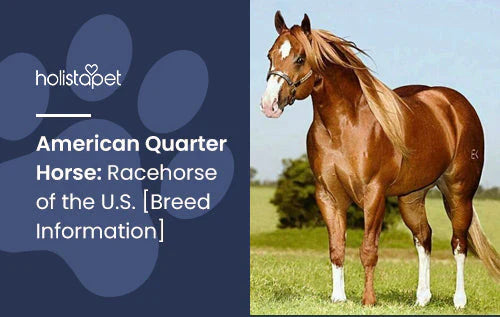
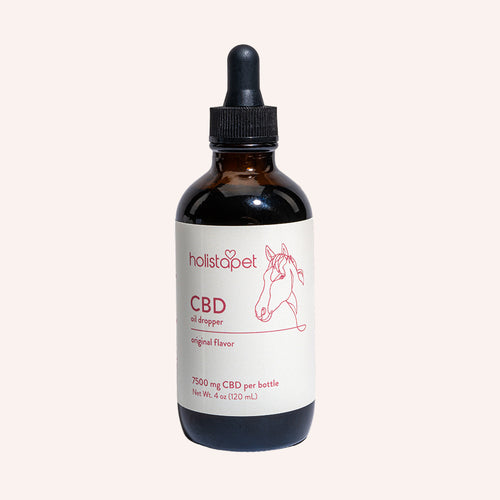 CBD Oil for Horses - Fast Acting
CBD Oil for Horses - Fast Acting
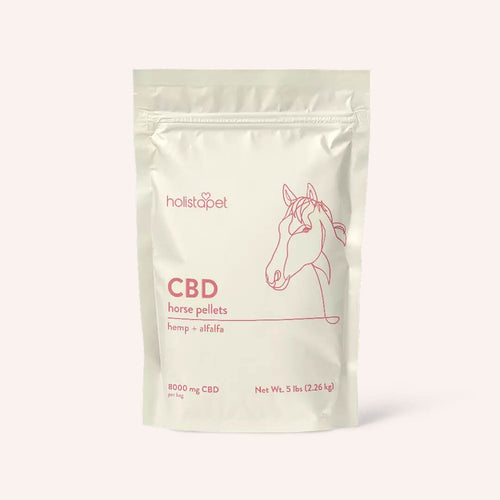 CBD Pellets for Horses - Easy Dose
CBD Pellets for Horses - Easy Dose
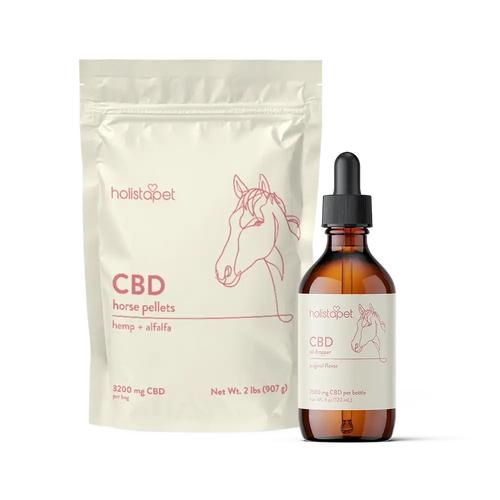 "Ridin' On My Horse" Bundle - Highly Rated
"Ridin' On My Horse" Bundle - Highly Rated


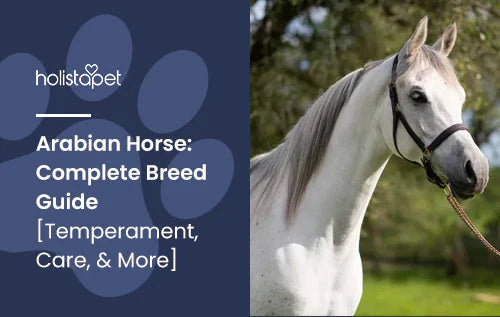


Leave a comment
All comments are moderated before being published.
This site is protected by hCaptcha and the hCaptcha Privacy Policy and Terms of Service apply.